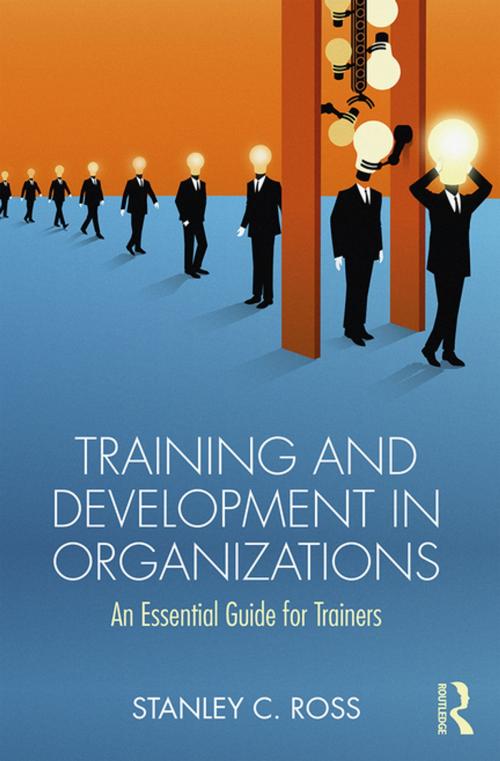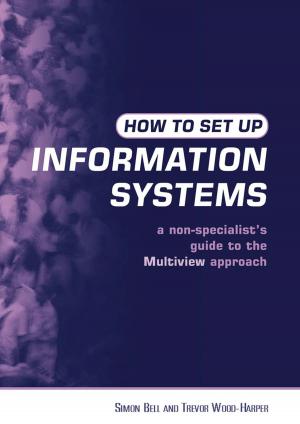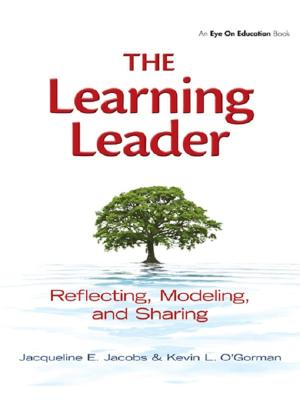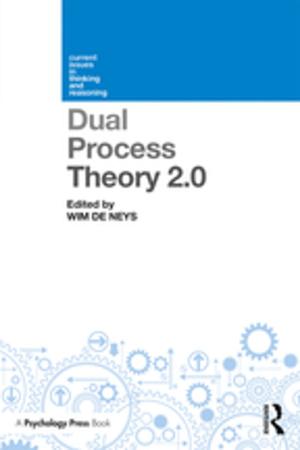Training and Development in Organizations
An Essential Guide For Trainers
Business & Finance, Human Resources & Personnel Management| Author: | Stanley C. Ross | ISBN: | 9781351599733 |
| Publisher: | Taylor and Francis | Publication: | October 3, 2018 |
| Imprint: | Routledge | Language: | English |
| Author: | Stanley C. Ross |
| ISBN: | 9781351599733 |
| Publisher: | Taylor and Francis |
| Publication: | October 3, 2018 |
| Imprint: | Routledge |
| Language: | English |
Training and Development in Organizations introduces students to the field of training and development, showcasing how the role and function of training within an organization supports the organization’s efforts at fulfilling its mission.
Focusing on six themes – strategic view; training paradigm; training model; types of training; rubrics; and andragogy, a theory focused specifically on the adult learner – the author offers an applied approach to designing and implementing a training program. Readers will learn about different types of training programs, ranging from simple to complex, while a model program design demonstrates the critical elements associated with designing a program, such as subjects, time frame, learning objectives, and more. Practical exercises and thought-provoking end of chapter questions help students learn how to apply the concepts successfully, while Chapter Twelve specifically includes a variety of practical exercises for use in application-oriented assignments.
Undergraduate students of human resource management, and training and development, as well as business managers seeking to develop their training knowledge, will appreciate this commonsense treatment of the subject.
Training and Development in Organizations introduces students to the field of training and development, showcasing how the role and function of training within an organization supports the organization’s efforts at fulfilling its mission.
Focusing on six themes – strategic view; training paradigm; training model; types of training; rubrics; and andragogy, a theory focused specifically on the adult learner – the author offers an applied approach to designing and implementing a training program. Readers will learn about different types of training programs, ranging from simple to complex, while a model program design demonstrates the critical elements associated with designing a program, such as subjects, time frame, learning objectives, and more. Practical exercises and thought-provoking end of chapter questions help students learn how to apply the concepts successfully, while Chapter Twelve specifically includes a variety of practical exercises for use in application-oriented assignments.
Undergraduate students of human resource management, and training and development, as well as business managers seeking to develop their training knowledge, will appreciate this commonsense treatment of the subject.















